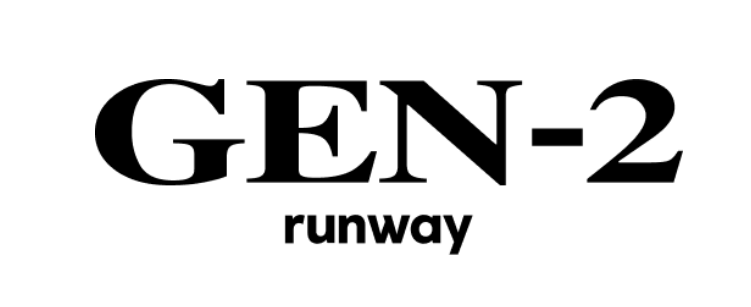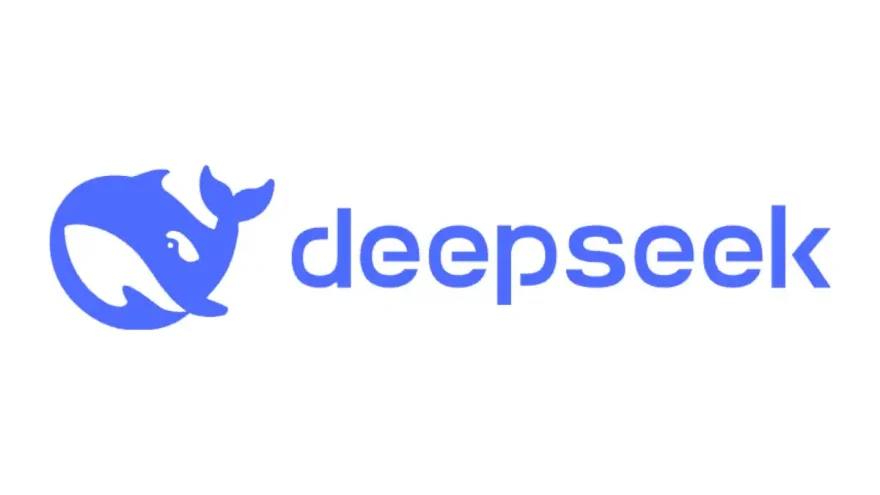In 2025, artificial intelligence (AI) has reached new heights, offering powerful tools for text generation, image creation, video production, and advanced research. These advancements have made AI accessible to individuals, businesses, and developers alike. This article explores the top ten AI models of 2025, detailing their key features, strengths, limitations, and pricing to help you choose the right tool for your needs. Based on recent reports from trusted sources, these models represent the cutting edge of AI innovation.
1. ChatGPT (OpenAI)
ChatGPT, developed by OpenAI, remains one of the most advanced conversational AI platforms, leveraging the latest GPT‑4o architecture to deliver contextual and coherent responses. Its API allows seamless integration into business workflows and custom applications, making ChatGPT a versatile assistant for customer support, content creation, and coding help.
2. Claude (Anthropic)
Anthropic’s Claude 3 has introduced a Research feature that enables iterative, citation‑backed web queries, significantly improving response accuracy and transparency. With Google Workspace integration, Claude can summarize emails, extract action items, and generate insights directly within Gmail, Docs, and Calendar.
3. Google Gemini 2.0 Pro
Google’s Gemini 2.0 Pro offers a large context window and excels in coding, reasoning, and multimodal understanding, serving as a strong competitor to other leading LLMs. Available through Google One AI Premium, Gemini Pro is favored by developers and enterprises for processing extensive documents and images.
4. Midjourney (v6)
Midjourney’s version 6 generates stunning, high‑fidelity images from text prompts, trusted by designers for concept art, marketing visuals, and social media assets. Its Discord‑based interface and granular style parameters let users fine‑tune outputs with exceptional precision.
5. Runway Gen‑2
Runway Gen‑2 transforms text descriptions into fully animated, high‑resolution video clips, making cinematic content creation accessible to non‑experts. Built‑in editing tools and real‑time collaboration features have made it a go‑to for marketing teams and content creators.
6. Synthesia
Synthesia enables AI‑driven video synthesis with lifelike avatars and multilingual voiceovers—no camera required. Its intuitive interface and enterprise‑grade security protocols make it ideal for corporate training, marketing campaigns, and e‑learning.
7. Jasper.ai
Jasper.ai remains a leading AI writing assistant, offering customizable templates for blog posts, social media copy, and long‑form articles. Integrated SEO recommendations and tone adjustments help writers optimize engagement and readability.
8. Grammarly
Grammarly’s AI has evolved into a comprehensive writing coach, providing advanced suggestions on style, tone, and clarity beyond basic grammar checks. Real‑time feedback across web and desktop apps has cemented Grammarly’s role in both professional and academic writing.
9. Deep Research (OpenAI)
Deep Research enables users to perform multi‑step web searches with in‑line citations, blending GPT reasoning with up‑to‑date data access. Currently in beta for select subscription tiers, Deep Research is slated for a wider rollout by mid‑2025.
10. DeepSeek R1
DeepSeek R1 is an open‑source reasoning model known for its cost‑effectiveness and strong performance on coding and mathematics benchmarks. Its accessibility has fostered a vibrant developer ecosystem building custom AI applications and integrations.
Conclusion
As AI continues its rapid evolution, 2025’s leading tools empower users across domains—from conversational assistants and creative engines to specialized research platforms. Integrating these solutions into everyday workflows can boost productivity, spark creativity, and drive innovation. Stay tuned for new entrants and feature updates as the AI landscape expands even further.
1. ChatGPT (OpenAI)
ChatGPT, developed by OpenAI, remains one of the most advanced conversational AI platforms, leveraging the latest GPT‑4o architecture to deliver contextual and coherent responses. Its API allows seamless integration into business workflows and custom applications, making ChatGPT a versatile assistant for customer support, content creation, and coding help.
2. Claude (Anthropic)
Anthropic’s Claude 3 has introduced a Research feature that enables iterative, citation‑backed web queries, significantly improving response accuracy and transparency. With Google Workspace integration, Claude can summarize emails, extract action items, and generate insights directly within Gmail, Docs, and Calendar.
3. Google Gemini 2.0 Pro
Google’s Gemini 2.0 Pro offers a large context window and excels in coding, reasoning, and multimodal understanding, serving as a strong competitor to other leading LLMs. Available through Google One AI Premium, Gemini Pro is favored by developers and enterprises for processing extensive documents and images.
4. Midjourney (v6)
Midjourney’s version 6 generates stunning, high‑fidelity images from text prompts, trusted by designers for concept art, marketing visuals, and social media assets. Its Discord‑based interface and granular style parameters let users fine‑tune outputs with exceptional precision.
5. Runway Gen‑2
Runway Gen‑2 transforms text descriptions into fully animated, high‑resolution video clips, making cinematic content creation accessible to non‑experts. Built‑in editing tools and real‑time collaboration features have made it a go‑to for marketing teams and content creators.
6. Synthesia
Synthesia enables AI‑driven video synthesis with lifelike avatars and multilingual voiceovers—no camera required. Its intuitive interface and enterprise‑grade security protocols make it ideal for corporate training, marketing campaigns, and e‑learning.
7. Jasper.ai
Jasper.ai remains a leading AI writing assistant, offering customizable templates for blog posts, social media copy, and long‑form articles. Integrated SEO recommendations and tone adjustments help writers optimize engagement and readability.
8. Grammarly
Grammarly’s AI has evolved into a comprehensive writing coach, providing advanced suggestions on style, tone, and clarity beyond basic grammar checks. Real‑time feedback across web and desktop apps has cemented Grammarly’s role in both professional and academic writing.
9. Deep Research (OpenAI)
Deep Research enables users to perform multi‑step web searches with in‑line citations, blending GPT reasoning with up‑to‑date data access. Currently in beta for select subscription tiers, Deep Research is slated for a wider rollout by mid‑2025.
10. DeepSeek R1
DeepSeek R1 is an open‑source reasoning model known for its cost‑effectiveness and strong performance on coding and mathematics benchmarks. Its accessibility has fostered a vibrant developer ecosystem building custom AI applications and integrations.
Conclusion
As AI continues its rapid evolution, 2025’s leading tools empower users across domains—from conversational assistants and creative engines to specialized research platforms. Integrating these solutions into everyday workflows can boost productivity, spark creativity, and drive innovation. Stay tuned for new entrants and feature updates as the AI landscape expands even further.
Tags
Technology





